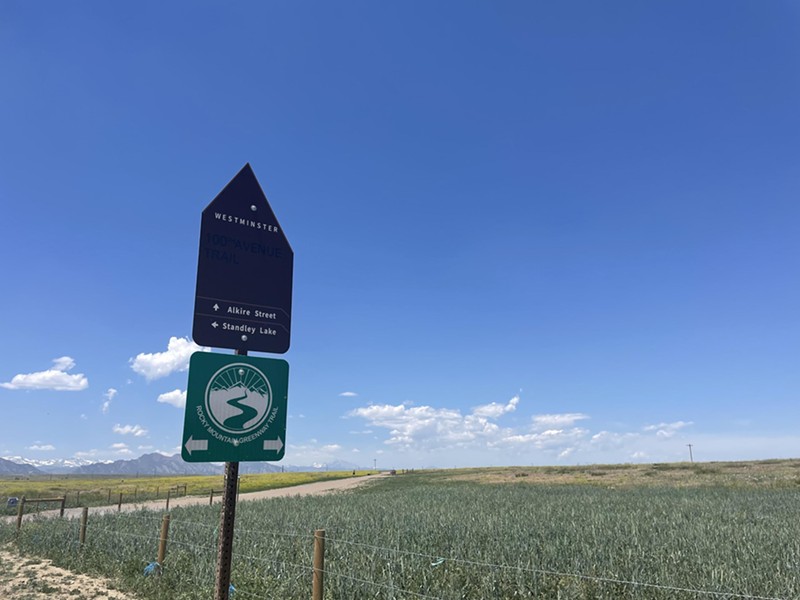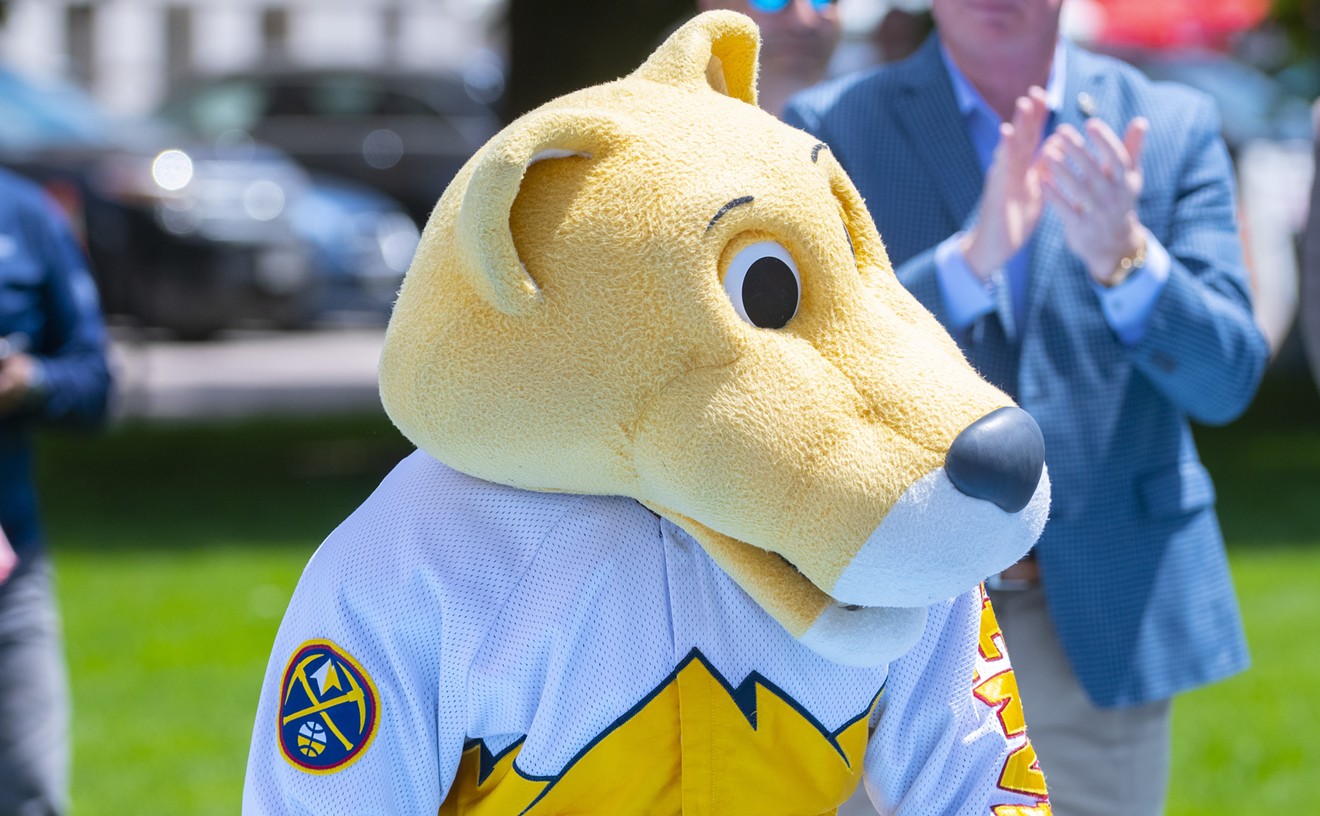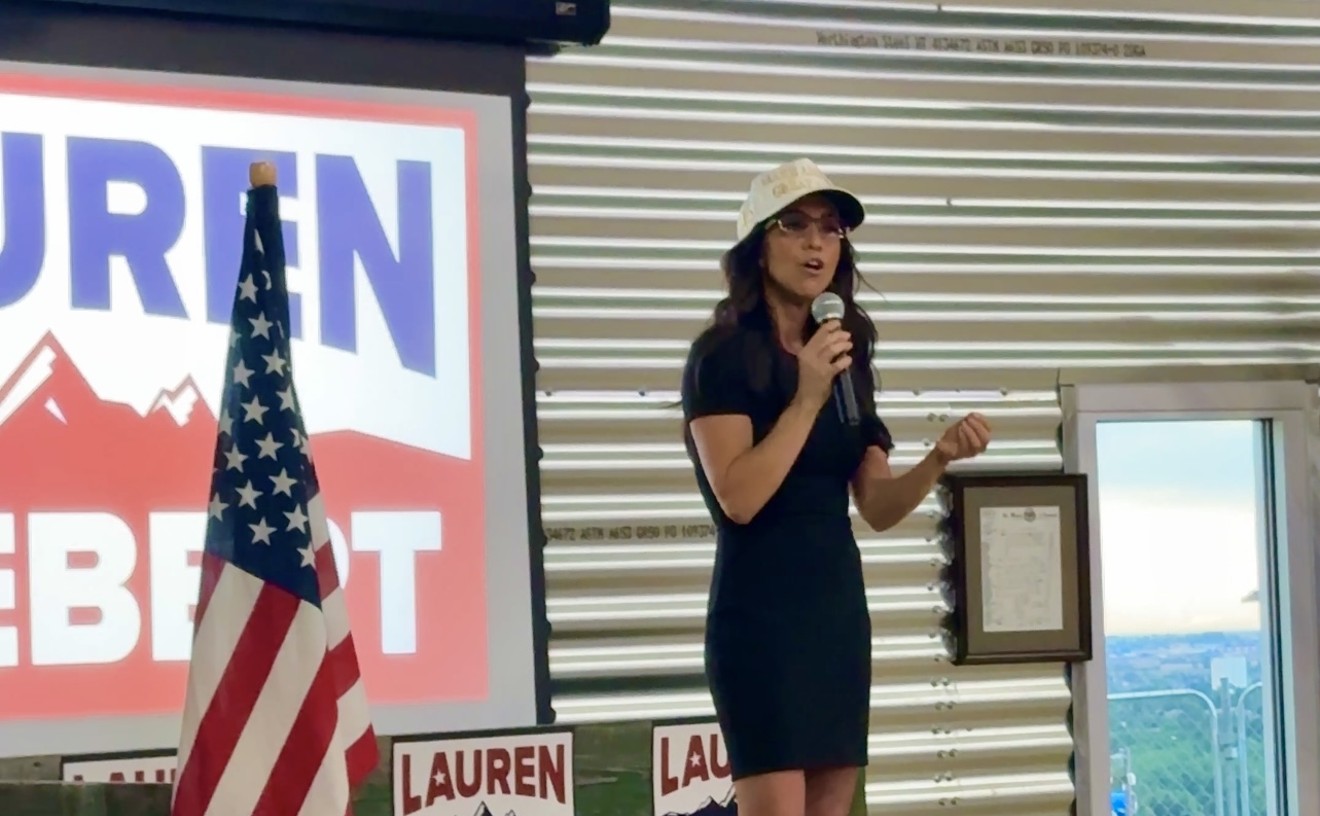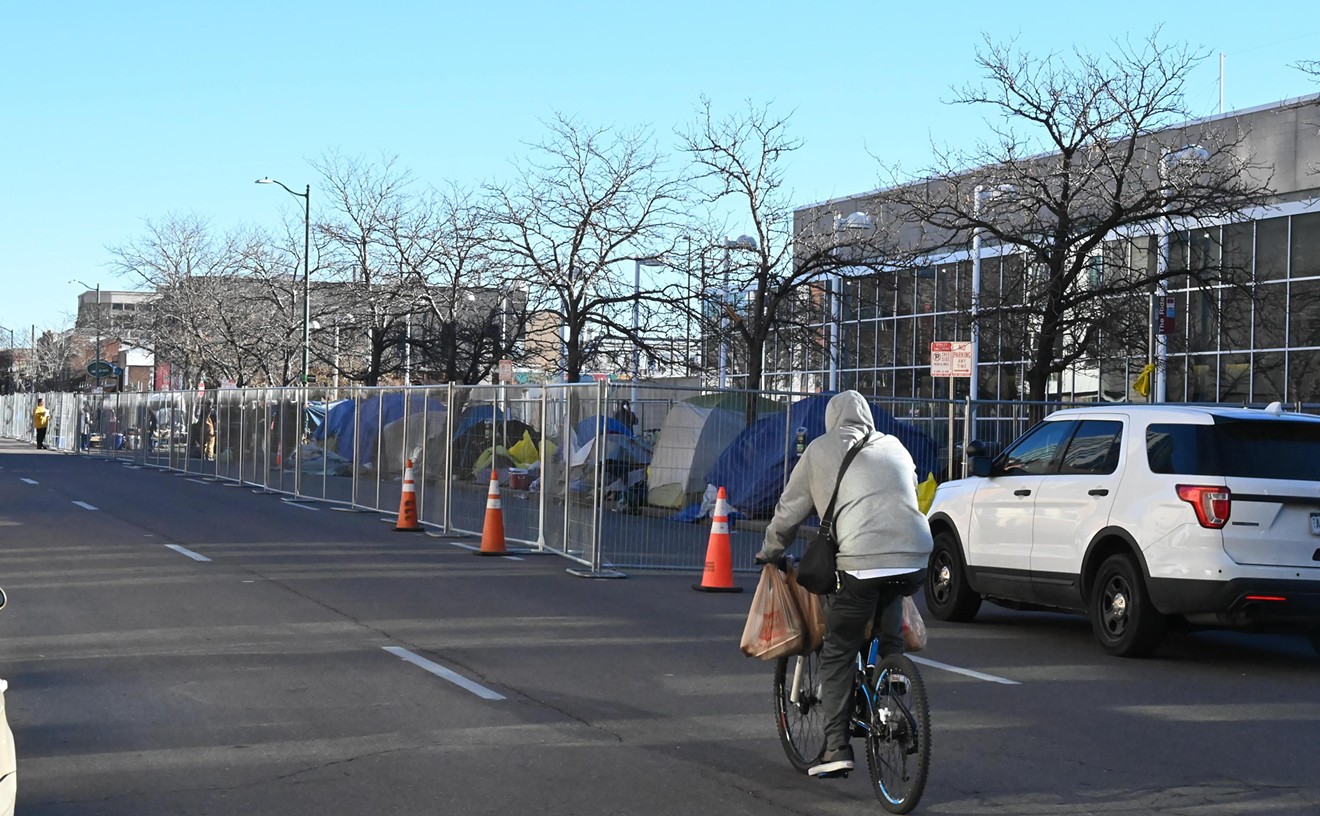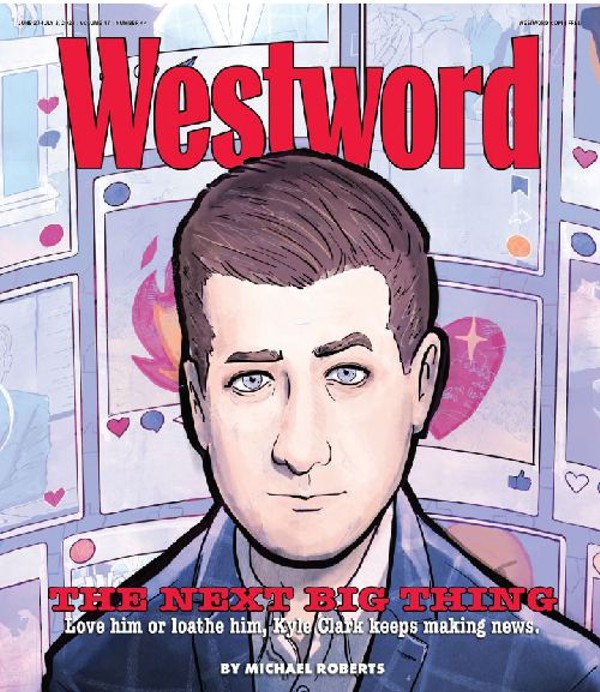The Westminster Hills Open Space Advocates are circulating a counter-petition to one started this spring by Westy Dog Park Guardians, a dog park advocacy group that has collected over 10,000 signatures asking Westminster to keep 470 acres of open space available to off-leash dogs.
The current 470 acres have been an off-leash dog area since 2010, and are part of a larger parcel of over 1,000 acres of open space. Westminster’s Parks, Recreation and Libraries (PRL) department director Tomás Herrera-Mishler told Westword that allowing the space’s current use has hurt the environment, particularly in the last few years.
According to city estimates, Westminster Hills Open Space sees around 750,000 visitors annually. The PRL department first suggested closing most of the open space to off-leash dogs while keeping a 33-acre off-leash area near the park's east end. So far, nearly 400 people have signed the open space advocates’ new petition asking Westminster to limit off-leash dogs by continuing with that plan or other options that would reduce the off-leash area by at least 50 percent.
The proposed cutback on off-leash space caused consternation among dog owners, however, so Herrera-Mishler called in a community advisory team, which came up with three options — and none of them gained majority support.
The first proposal would leave the full 470 acres unchanged while investing in more active management, a plan that Westminster City Council currently prefers.
Another option would designate a 200-acre off-leash dog area or a 110-acre off-leash dog area, and the city maintained its original 33-acre suggestion, as well. Any plan other than the 33-acre choice would still leave Westminster Hills as the largest off-leash dog area in metro Denver. The next-largest, Cherry Creek State Park, has around seventy acres.
Westminster Hills Open Space Advocates member Melissa Koss says the group is just mobilizing now because they assumed a reduction of the off-leash area would be the logical outcome based on research about how long it takes to restore native grasses.
“Westminster proclaims to value its open space and its undeveloped land,” says Koss, who was also on the PRL advisory team. “Many of the city council people ran on platforms of ecological preservation or valuing open space, so we just naturally assumed this spoke for itself. … That's not what materialized.”
Instead, on June 3 the council directed PRL to return with a plan to keep all 470 acres of land in its current use, which would require rezoning the land from open space to recreational space. (In Westminster, only passive uses like walking or nature photography are automatically allowed on open space, but the parks director can permit active uses like off-leash activity as long as those uses don’t damage the natural environment. Because of the observed degradation of the area, PRL has said it needs to rezone any space that would remain open to off-leash dogs.)
Koss says there are often 75 to 100 cars parked in her neighborhood on weekends when the weather is nice. The city has expanded the parking lot at the open space six times, but there still isn’t enough parking to meet the current demand.
Members of the open space advocates' group have also felt ostracized from the land because of the amount of dogs roaming the area, according to Koss.
“I used to go over there,” she says. “I used to take photos, and [now] I can't go over there without being jumped on by dogs. My husband used to run over there, and he gets chased by dogs.”
Koss says many of her neighbors have had similar experiences, and her group wants the open space to be a truly shared place — but the Westy Dog Park Guardians argue that Westminster Hills is already a truly shared space.
“There are plenty of bikers that use their bikes who want to have their dogs off-leash,” says Andrew Guthrie, a Guardians member who served on the same city committee as Koss. “We have a large ADA population where the open space is the only place where their wheelchairs can access an area that their dogs can recreate. … I just feel that it's a false narrative that it's only for a small piece of the Westminster population.”
Guthrie says the Guardians have reached out to the founders of the open space group and hope to find solutions. But Koss says it’s been difficult to work with the off-leash advocates because their focus is so heavily on their dogs rather than on research suggesting that off-leash dogs negatively impact prairie land.
“I understand that they've had access to [the open space] for a very long time, but because something has always been that way doesn't mean it has to stay that way, and it doesn't feel in the best interest of the community or the property to turn all of that into an endangered and a damaged space,” Koss says.
At a June 24 council meeting, more than fifty people signed up to speak in public comment largely about the dog park, with people weighing in from all sides.
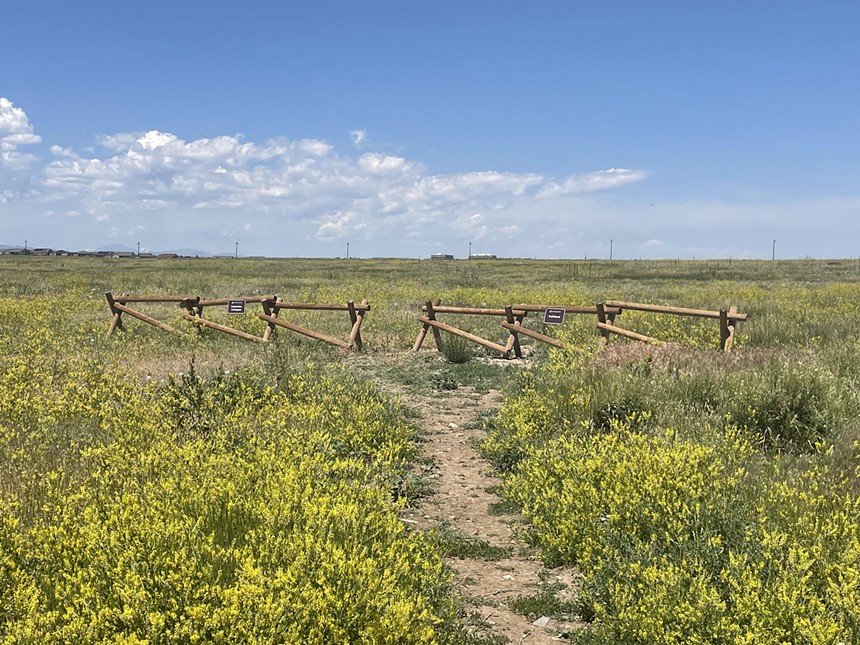
Westminster Hills Open Space has been an off-leash dog area since 2010, and is part of a larger parcel of over 1,000 acres of open space.
Catie Cheshire
Westminster City Council Disagrees on Path Forward
“I don’t believe that this dog park is all or nothing when it comes to conservation,” councilmember Amber Hott said in response to public comments. Questioning the environmental stress that PRL says Westminster Hills is facing, Hott said she has been out to the area and enjoyed her experience.
“There is a difference between what my eyes are seeing and what I'm being told,” she said. “Because I'm out there and I see the birds, I hear the owls. … It is really hard for me to reconcile folks telling me what I'm seeing with my own eyes doesn't exist. I see the wildlife out there.”
Councilmember Claire Carmelia pushed back on the idea that visible plants and wildlife equal a healthy environment.
“It's not about what you can see above the surface,” she said. “Our native grasses are several feet deep, and that's why we want to keep them there — because they are very delicate, and when they come against disturbances, then they easily erode.”
Non-native grasses, Carmelia continued, root less deeply, leading to soil degradation and a break in the water cycle, because less water is held in those roots. According to her, it can take up to ten years for native plants to regrow, so the city should consider cutting down the off-leash dog portion of the land to let revegetation occur.
Hott argued that it's possible to combat noxious weeds and invasive plants while keeping the use of the land the same.
Public commenters also questioned how the 33-acre suggestion emerged as an idea from city staff rather than from an objective third-party report, as the city has maintained.
An open-records request by the Guardians showed that a draft report from the nature and environment evaluator for Westminster did not focus on dogs as the detriment to the Westminster Hills Open Space nearly as much as the final version.
In the draft, there wasn’t a mention of reducing the off-leash area, and the draft found that dog feces were not notably present throughout the property. However, PRL staff left comments asking to include that there are notable dog feces and to “consider reducing impact of off-leash dogs by reducing the off-leash area and clearly delineating boundaries.”
In the final report, both of those items are included. The Guardians group believes this indicates the report is not as objective as the public has been led to believe.
“It’s been presented to us as independent third-party findings every time it's mentioned,” Guthrie says.
Through city spokesperson Andy Le, Herrera-Mishler says this is a misunderstanding about how such reports are made.
"Local, state, and federal agencies regularly contract third parties to develop reports, and as part of that process there is a subject matter expert review portion where city staff can ask questions and seek additional clarity," Le says. "It's standard operating procedure."
After a few public commenters brought up the issue on June 24, Carmelia said she does not believe anyone involved has a hidden agenda.
“I truly believe that our staff works hard, and I do believe that they're here because they're passionate about what they do,” she said. “I truly believe that they were doing their job when they came up with this report to try to figure out what we can do to protect and preserve our land in the best way possible.”
The Westminster City Council will hear from PRL again on July 8, when councilmembers will decide whether to move forward with the 470-acre off-leash plan.

